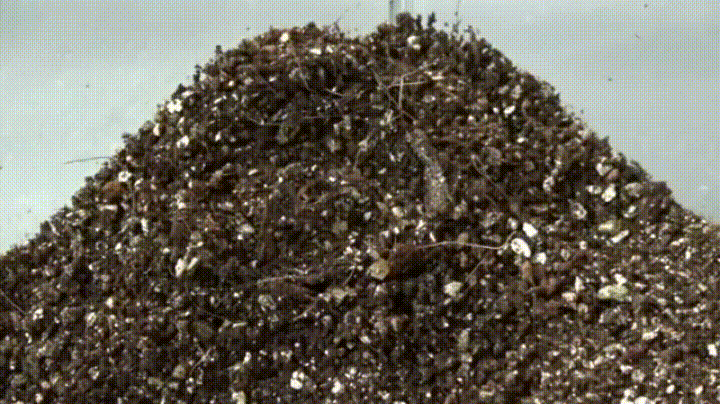Comically known as the Oreo Cookie spider, hourglass spiders are a genus of trapdoor spiders, all of which have very unusual flattened backsides. Enjoy your milk and cookies as you read more about this rare and unusual arachnid.

Spiders in the Cyclocosmia genus are a type of trapdoor spider. These spiders are ambush predators that patiently wait for an unaware victim to scurry past their lair. They are cousins of tarantulas but are much smaller and less hairy. They are identified by their remarkable abdomens that look almost otherwordly, yet, deliciously familiar. All members of the Cyclocosmia genus have similar-looking flat abdomens but different species can be identified based on unique variations between them. They are hardened structures that are difficult to penetrate.

Evolution
It is thought that these spiders may have evolved these abdomens as a method of defense. Related species have transitional forms of these abdomens. Some are partially truncated, just not to the extremes that we find with Cyclocosmia. It is feasible that, those spiders that happened to have more dense butts may have had a survival advantage against certain predators. With the direction of survival increasing in these families of spiders, evolution was free to tinker even more with the form and function of these spider's butts.
Fun Fact: The abdomen of this spider was mistaken for an ancient Chinese seal by a farmer. It hasn't gone unnoticed that the spider's butt also looks a bit like an Aztec sun stone, well, depending on who you ask.
Behavior
As they are trapdoor spiders, they typically have a burrow with threads that line the ground. Once they detect motion, they pounce.

However, if threatened they will enter the burrow headfirst and back up plugging the hole with their abdomen (see below).

This is typically seen when fending off ants or preventing other creatures from trying to enter its burrow. This method makes them extremely difficult to find as well so they are considered a rare species because of it. In reality, we just don't know the population of this genus very well.
Evolution Side Note: Evolution loves to recycle good ideas, so turtle ants have evolved a similar method to block unwanted visitors (see below). A number of ant species and other arthropods conduct this same method to keep out intruders, it is called, Phragmosis.

Habitat
Cyclocosmia prefer tropical and sub-tropical regions. They have representatives in Eastern United States, Mexico, Guatemala, Canada, and East and Southeast Asia. The latusicosta species is found most commonly in China and Vietnam. They use loose soil, sand, or moss to construct their burrows on a slope, which can be between 7 and 15 cm deep. It is not known how distributed these spiders are for certain as they are quite difficult to find, especially the males.
Food for Thought
If you happen upon a randomly placed oreo cookie abandoned on the ground in a remote Vietnamese forest embankment, it's probably not a cookie. :-)
Visit the video compilation below to watch how trapdoors catch their prey.
